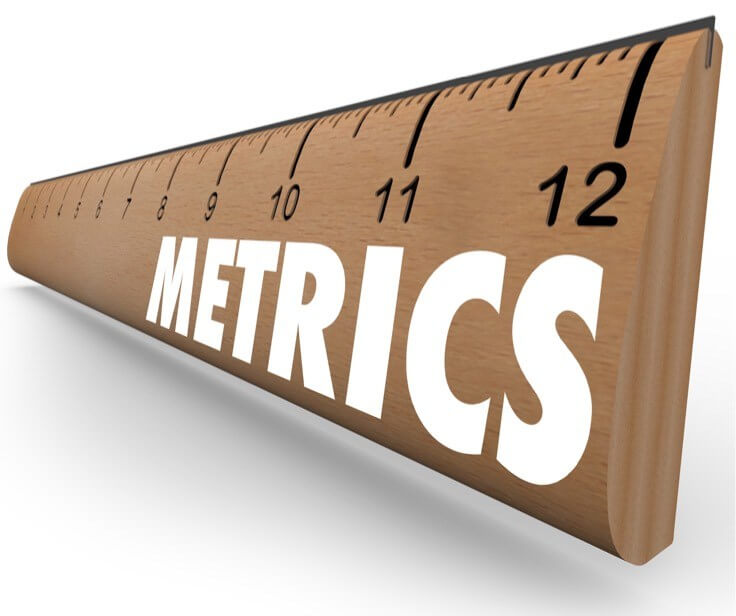Overcoming the complexity of sales tax calculation
For businesses that begin to sell globally or across the U.S., one of the earliest hurdles is the ability to accurately calculate, collect, file, and remit sales and use tax to each tax jurisdiction.
When Supreme Court struck down a company’s physical presence as a legal ground for requiring sales tax collection in South Dakota v. Wayfair, it introduced the concept of “significant economic nexus.” As its definition varies from state-to-state, it further complicates the matter of whether tax should be collected, and how much to collect.
 If one leverages an ERP for order entry, sales tax can be computed in some of them. But it would necessitate one to manually define the jurisdiction for every region in which they do business, and program the tax rate associated with each. Given there are over 11,000 tax jurisdictions in existence, the complexity in maintaining this data forces many to forgo the ability to sell direct and leverage distributors and retailers to handle product sale.
If one leverages an ERP for order entry, sales tax can be computed in some of them. But it would necessitate one to manually define the jurisdiction for every region in which they do business, and program the tax rate associated with each. Given there are over 11,000 tax jurisdictions in existence, the complexity in maintaining this data forces many to forgo the ability to sell direct and leverage distributors and retailers to handle product sale.
In many instances, selling direct can improve one’s margin, capture otherwise lost sales, and provide complete control over the customer experience. For high price, complex, custom-made products, they may require specialists to install and configure to ensure proper operations, which further necessitates the ability to sell direct to one’s customers. Distributors and retailers may not be able to meet this need in many instances.
Since tax calculation is not a business’ core competence in most instances, an alternative is to externalize tax calculation to a third party. By outsourcing tax calculation and the management of tax exemption certificates, one no longer must define and maintain the latest tax lookup information within the enterprise, tax is always calculated accurately even for international sale.
 The key to success is to minimize impact and project scope, priority must be made to preserve one’s order management workflow. It is important to understand how tax details can be integrated into existing order entry system and shopping carts, and the effort required.
The key to success is to minimize impact and project scope, priority must be made to preserve one’s order management workflow. It is important to understand how tax details can be integrated into existing order entry system and shopping carts, and the effort required.
Armed with this knowledge, one can greatly reduce the risk and uncertainty associated with direct selling.
Want to Learn More?
1-888-514-8118
[email protected]
Read More

 1. Days Payable Outstanding (DPO)
1. Days Payable Outstanding (DPO) If you find these metrics are shedding actionable insight into your Account Payable operation, then automating the data capture and reporting should be a priority for effective management.
If you find these metrics are shedding actionable insight into your Account Payable operation, then automating the data capture and reporting should be a priority for effective management. Modernizing your AP/AR operation need not be daunting if you take the right approach. The following guidelines can help you to mitigate your risk while transforming your AP/AR operations:
Modernizing your AP/AR operation need not be daunting if you take the right approach. The following guidelines can help you to mitigate your risk while transforming your AP/AR operations: Light-weight solution that is cloud-based (as long as it meets all security and regulatory requirements) and not require rip-and-replace is key to minimize risk. If there is no up-front platform cost or long-term contract, and charges by transaction volume, it would essentially provide you the benefit of a try-and-buy
Light-weight solution that is cloud-based (as long as it meets all security and regulatory requirements) and not require rip-and-replace is key to minimize risk. If there is no up-front platform cost or long-term contract, and charges by transaction volume, it would essentially provide you the benefit of a try-and-buy